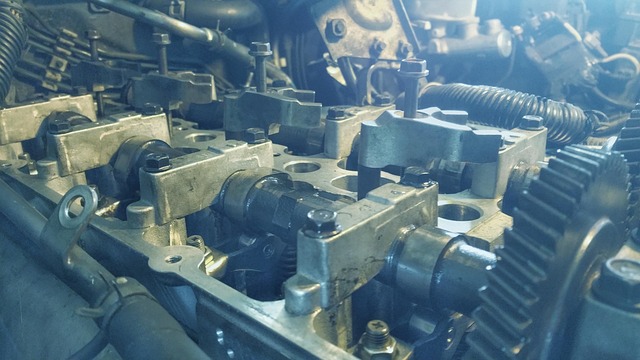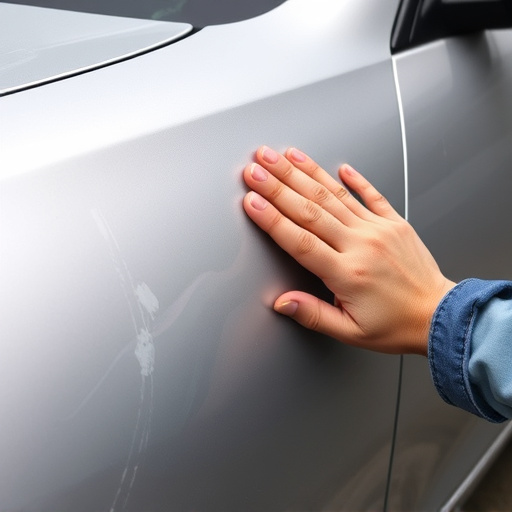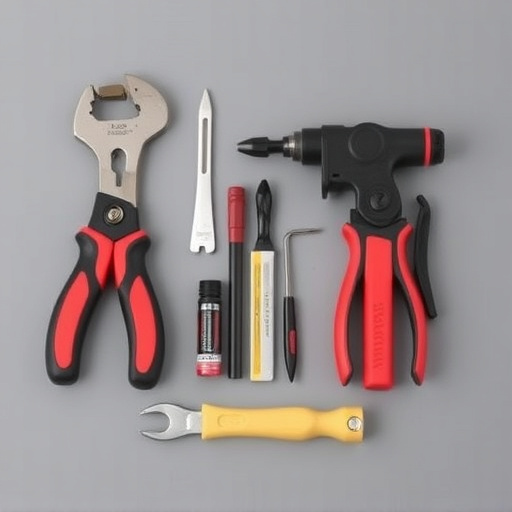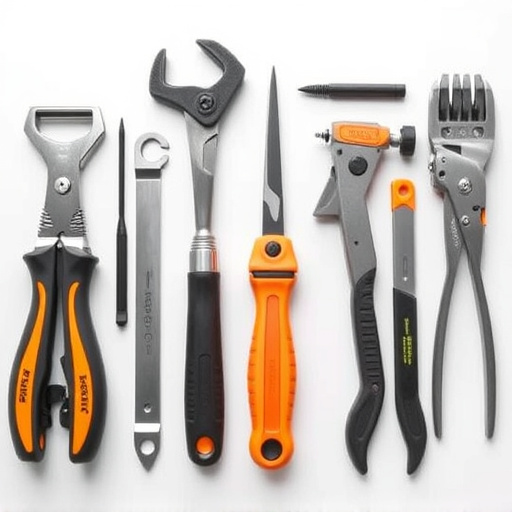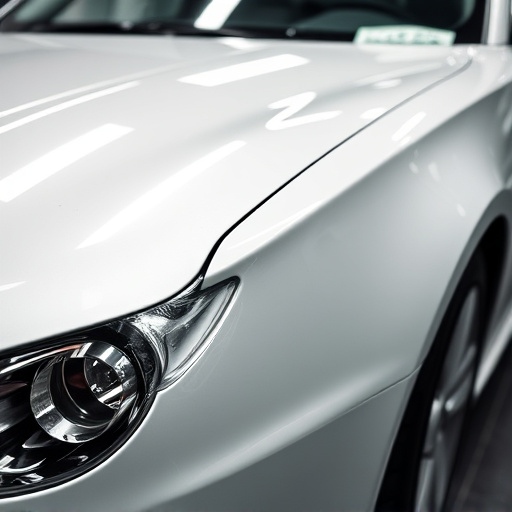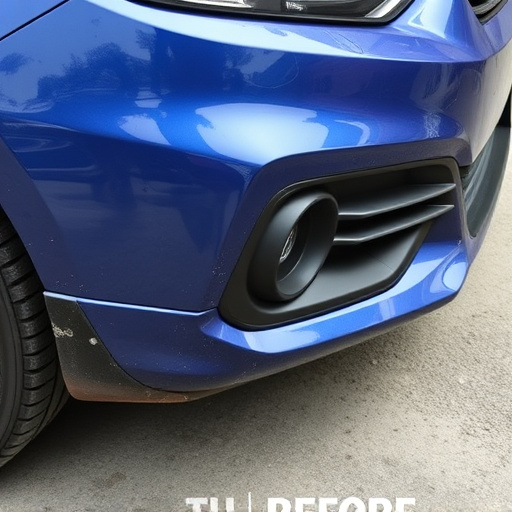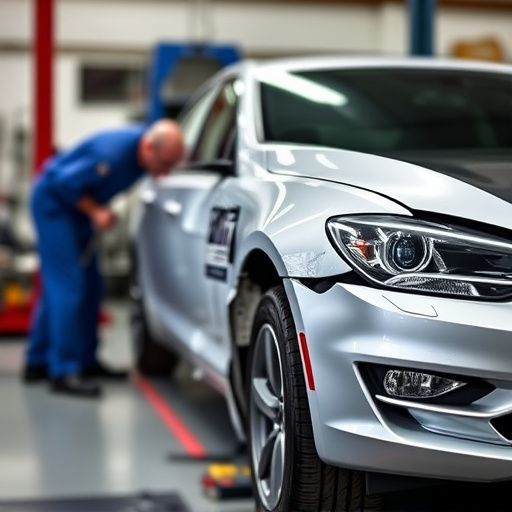Mercedes precision alignment optimizes vehicle performance and safety by accurately adjusting wheels and suspension using advanced equipment and skilled technicians. It begins with a thorough inspection, ensuring improved handling, extended tire life, and reduced wear on critical parts. Essential after dent repair or painting, temperature-controlled bays maintain consistent conditions crucial for high-end vehicles like Mercedes to prevent misalignments affecting handling, fuel efficiency, and performance. Best practices include pre-alignment checks, regular maintenance, proper tire pressure and rotations, keeping the vehicle clean, and using temperature-controlled bays to protect against environmental factors.
Mercedes precision alignment is a critical service that ensures your vehicle steers straight and travels true. Conducted in temperature-controlled bays, this process goes beyond standard alignment, addressing factors like wheel camber and toe for optimal performance. This meticulous approach not only enhances handling but also extends tire life. By maintaining consistent temperatures during the procedure, these controlled bays deliver precise results, making them essential for any Mercedes owner seeking top-tier vehicle dynamics.
- Understanding Mercedes Precision Alignment: The Process
- Benefits of Temperature-Controlled Bays for Alignment
- Best Practices and Tips for Optimal Results
Understanding Mercedes Precision Alignment: The Process
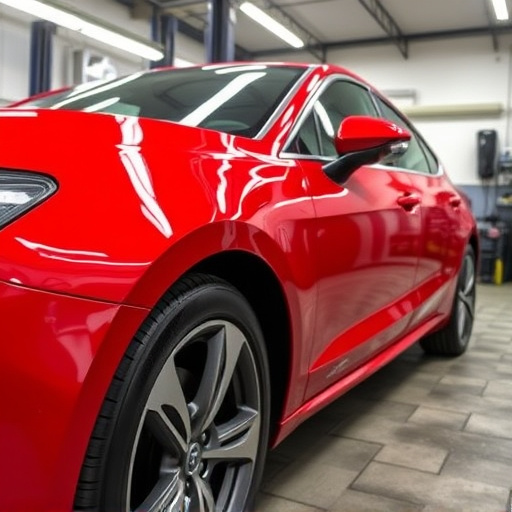
Mercedes precision alignment is a specialized service that ensures your vehicle’s wheels and suspension components are accurately adjusted for optimal performance and safety. This process involves sophisticated equipment and highly skilled technicians who meticulously calibrate various systems, including steering, braking, and the vehicle’s frame. By maintaining precise alignment, drivers can expect improved handling, longer tire life, and reduced wear on other critical car parts like brakes and suspension.
The process begins with a thorough inspection to identify any existing misalignments or damage from incidents such as car dent repair or auto body painting. Once identified, specialized tools are used to adjust the suspension components back to their factory-specified settings. This meticulous attention to detail is crucial for ensuring that your vehicle handles evenly, maintains proper tire pressure, and performs at its best during every drive, even after undergoing a thorough car collision repair.
Benefits of Temperature-Controlled Bays for Alignment
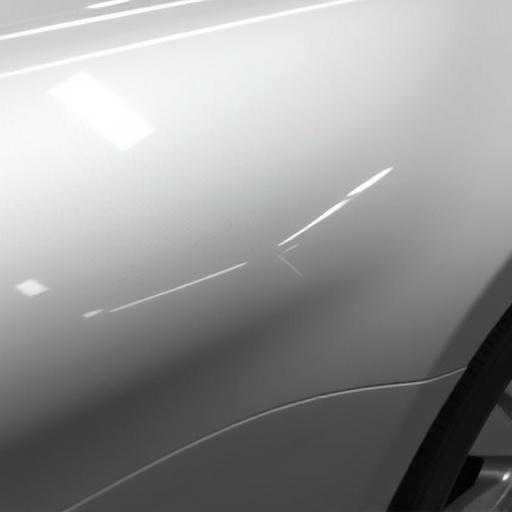
Temperature-controlled bays offer significant advantages for conducting Mercedes precision alignment. By maintaining a consistent and optimal environment, these bays ensure that vehicles undergo accurate and reliable adjustments. This is particularly crucial for high-end cars like Mercedes, where even minor misalignments can affect handling, fuel efficiency, and overall performance.
Moreover, temperature control plays a vital role in car body repair, especially after a collision. Extreme temperatures can cause metal to expand or contract, potentially leading to misalignment or uneven repairs. Temperature-controlled bays mitigate these issues, enabling mercedes benz repair specialists to perform meticulous work on the vehicle’s alignment and structural integrity, resulting in superior car collision repair outcomes.
Best Practices and Tips for Optimal Results
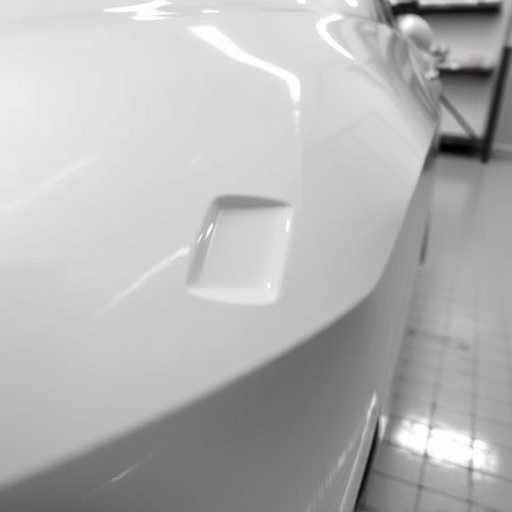
To achieve optimal results from a Mercedes precision alignment, best practices should be followed to ensure accuracy and longevity of the vehicle’s handling. Begin by conducting pre-alignment checks, inspecting wheels and tires for any damage or misalignment, as even minor issues can impact the final adjustment. Regular maintenance, including timely tire rotations and pressure checks, is crucial to maintaining proper alignment.
When it comes to preparing your Mercedes for precision alignment, consider these tips: keep your vehicle clean to easily identify any existing dents or scratches that could affect measurements, ensure all fluids are at the recommended levels, and remove any loose items from the interior to avoid interference during the process. Remember, a temperature-controlled bay not only ensures consistent results but also protects against environmental factors that can distort wheel alignment, ultimately enhancing the accuracy of the Mercedes precision alignment.
Mercedes precision alignment, conducted in temperature-controlled bays, offers superior results compared to traditional methods. The controlled environment ensures consistent conditions, enhancing accuracy and effectiveness throughout the process. By implementing best practices and leveraging the benefits of temperature regulation, auto shops can achieve optimal outcomes for their Mercedes vehicles, ensuring customer satisfaction and maintaining high standards.


